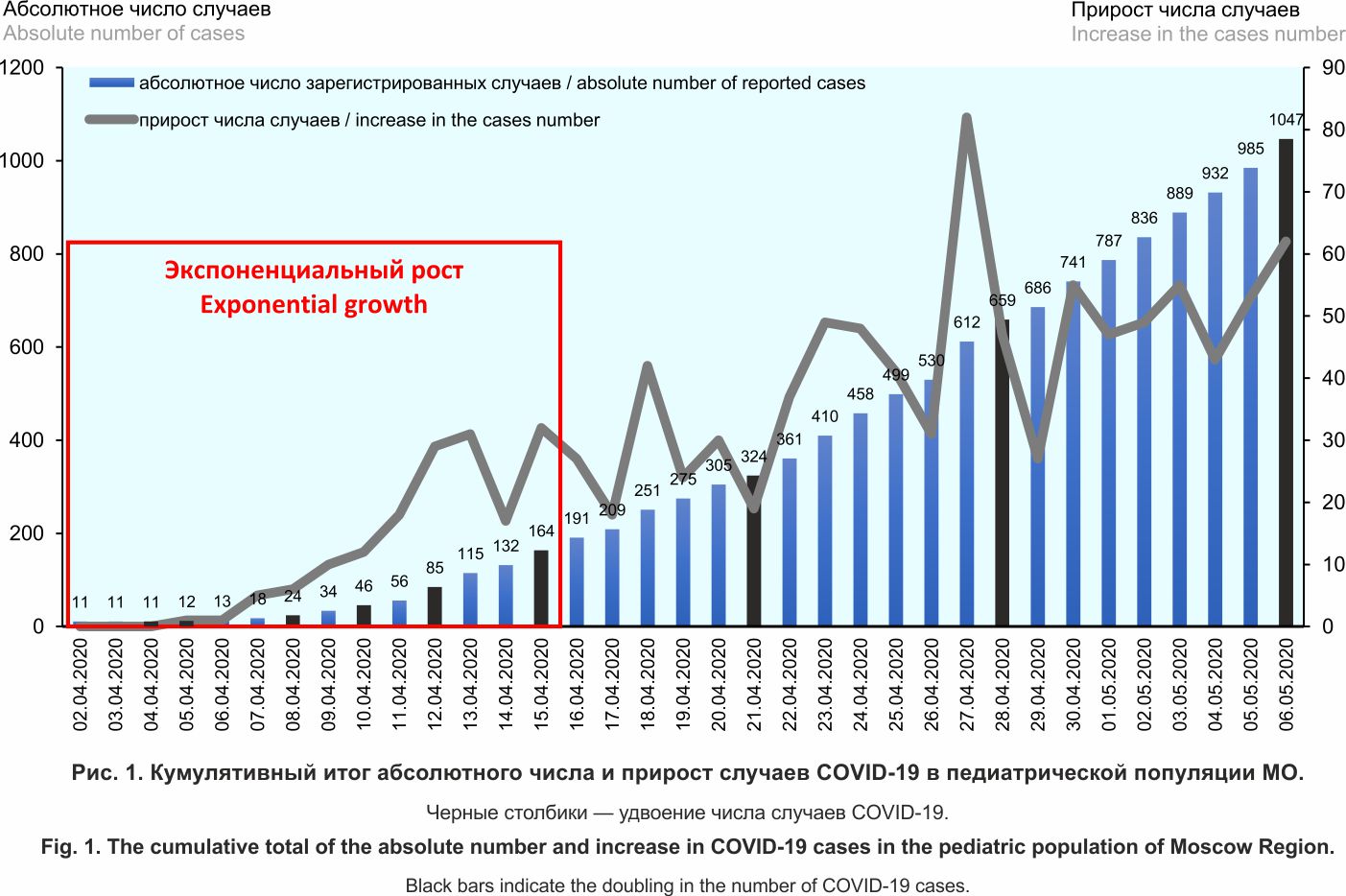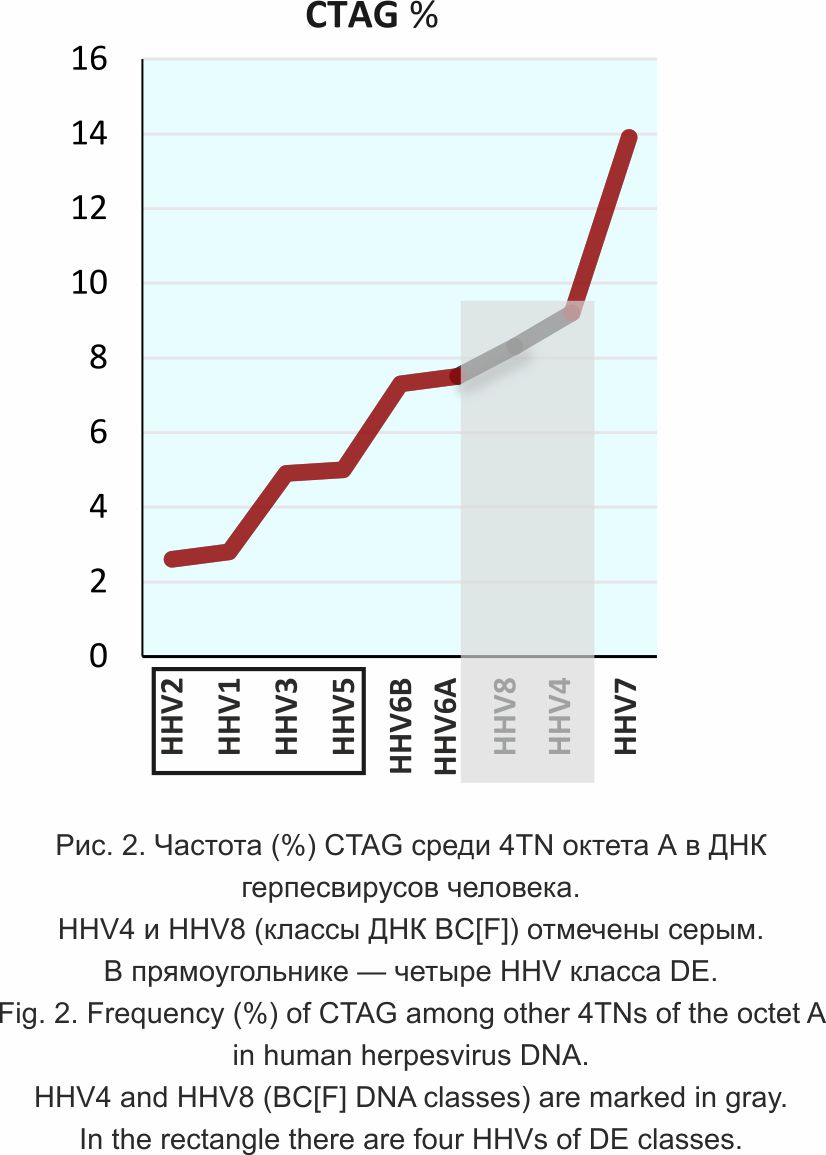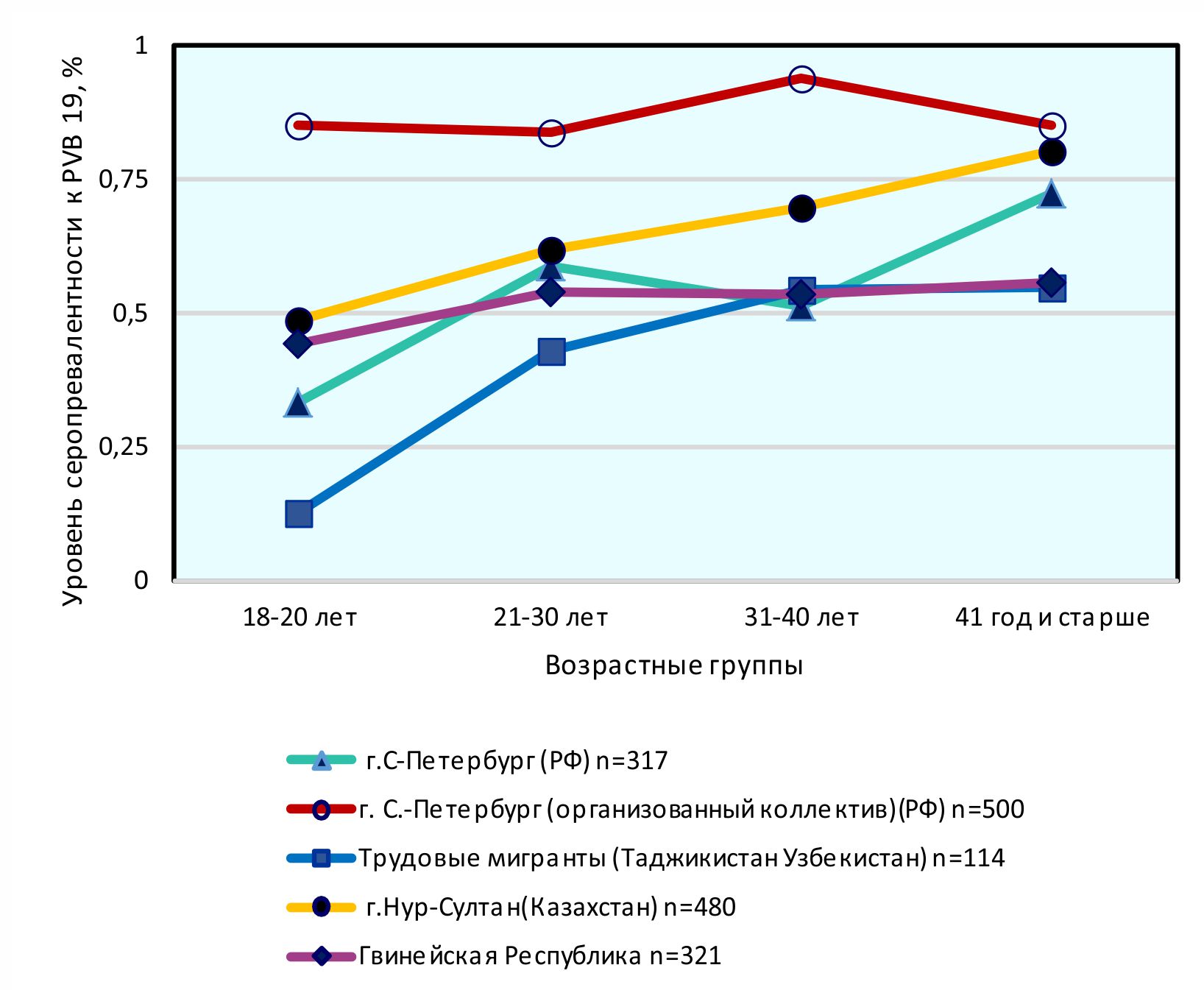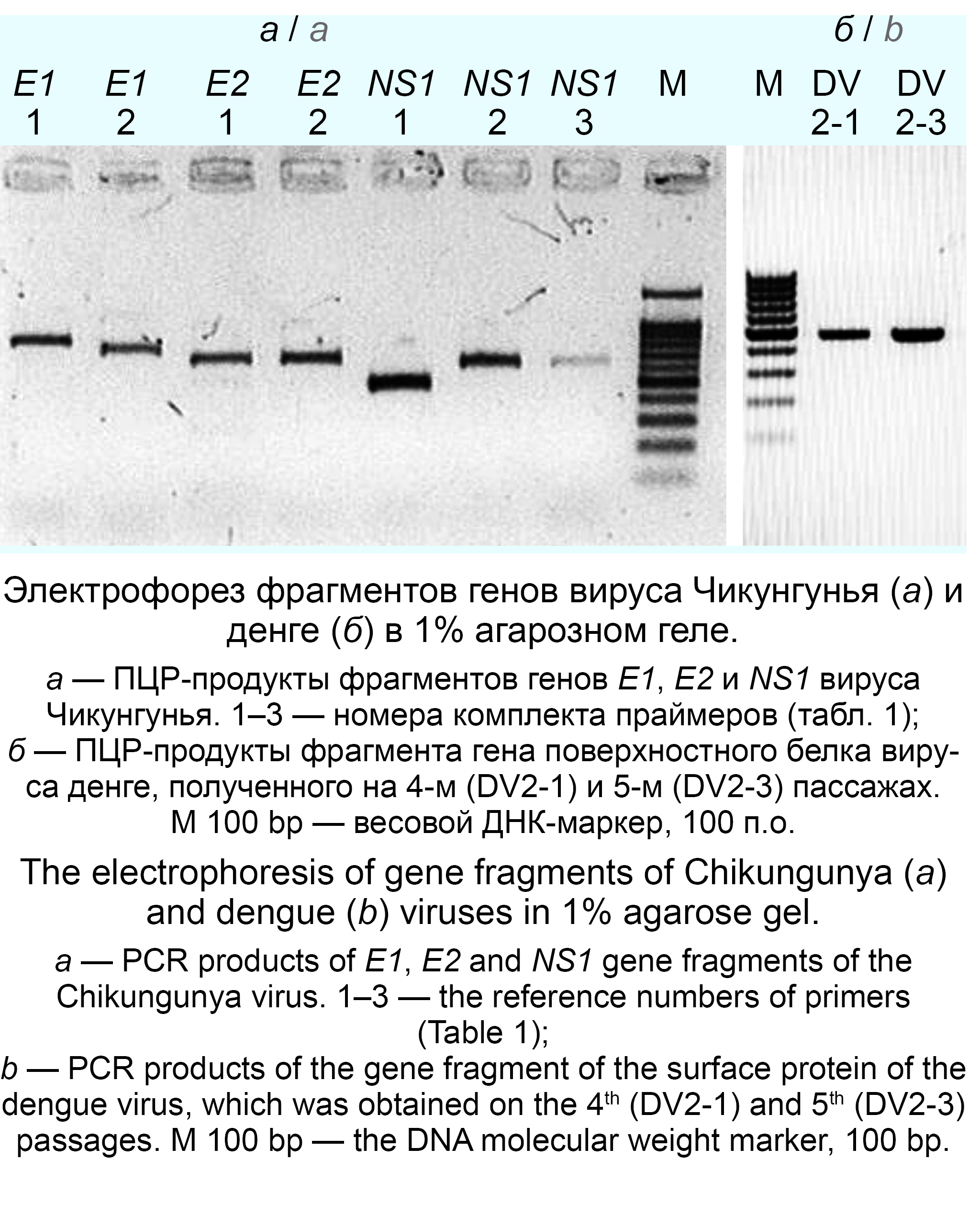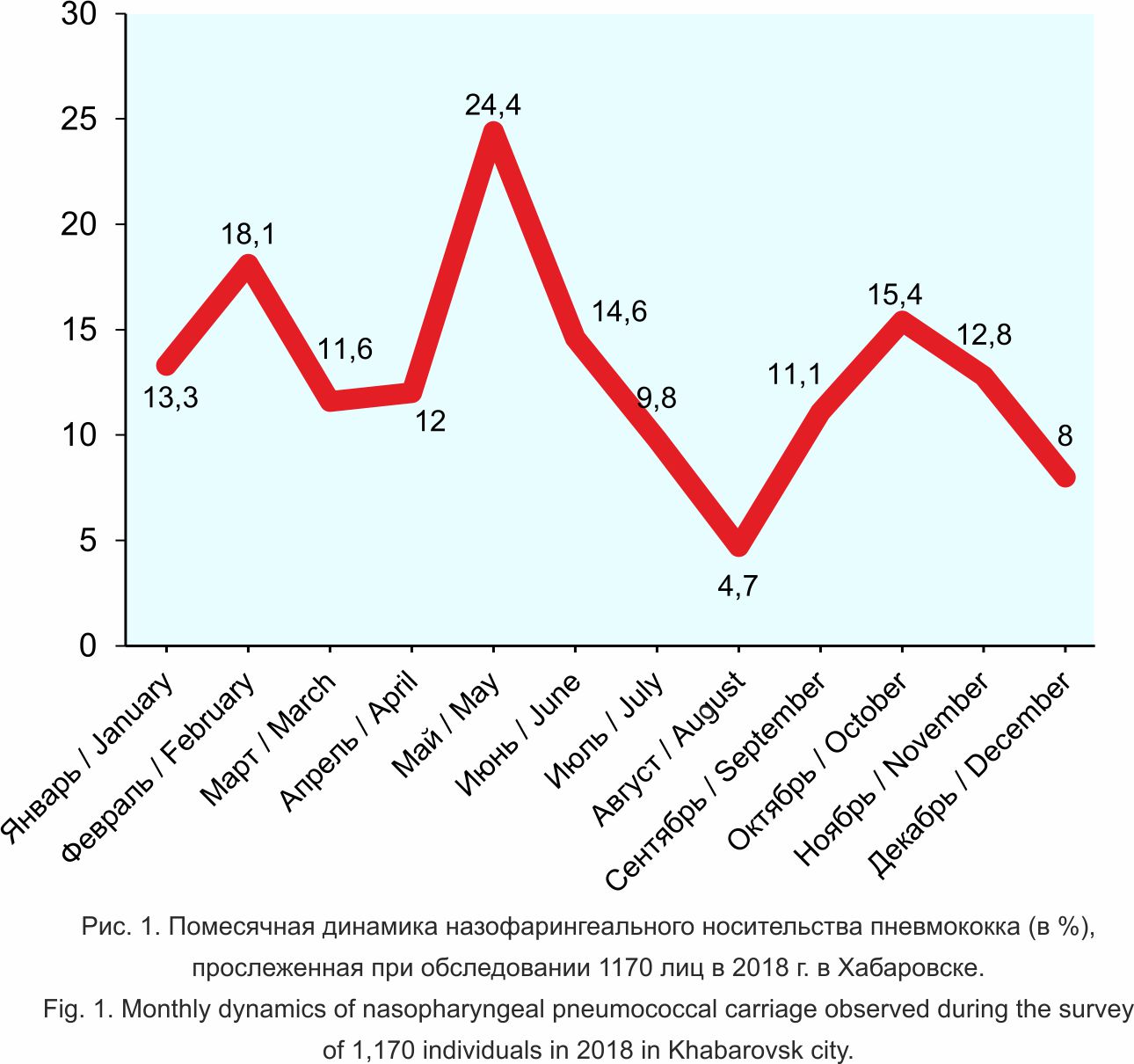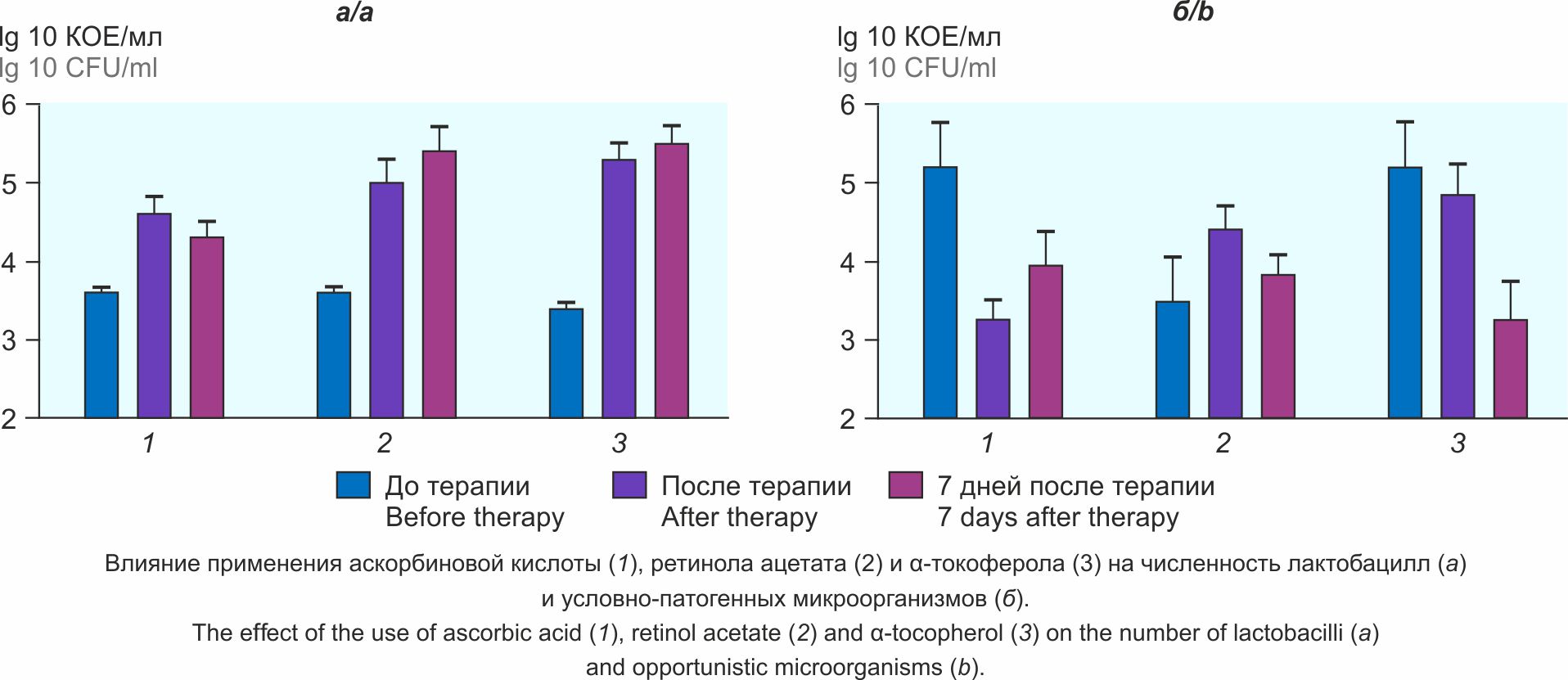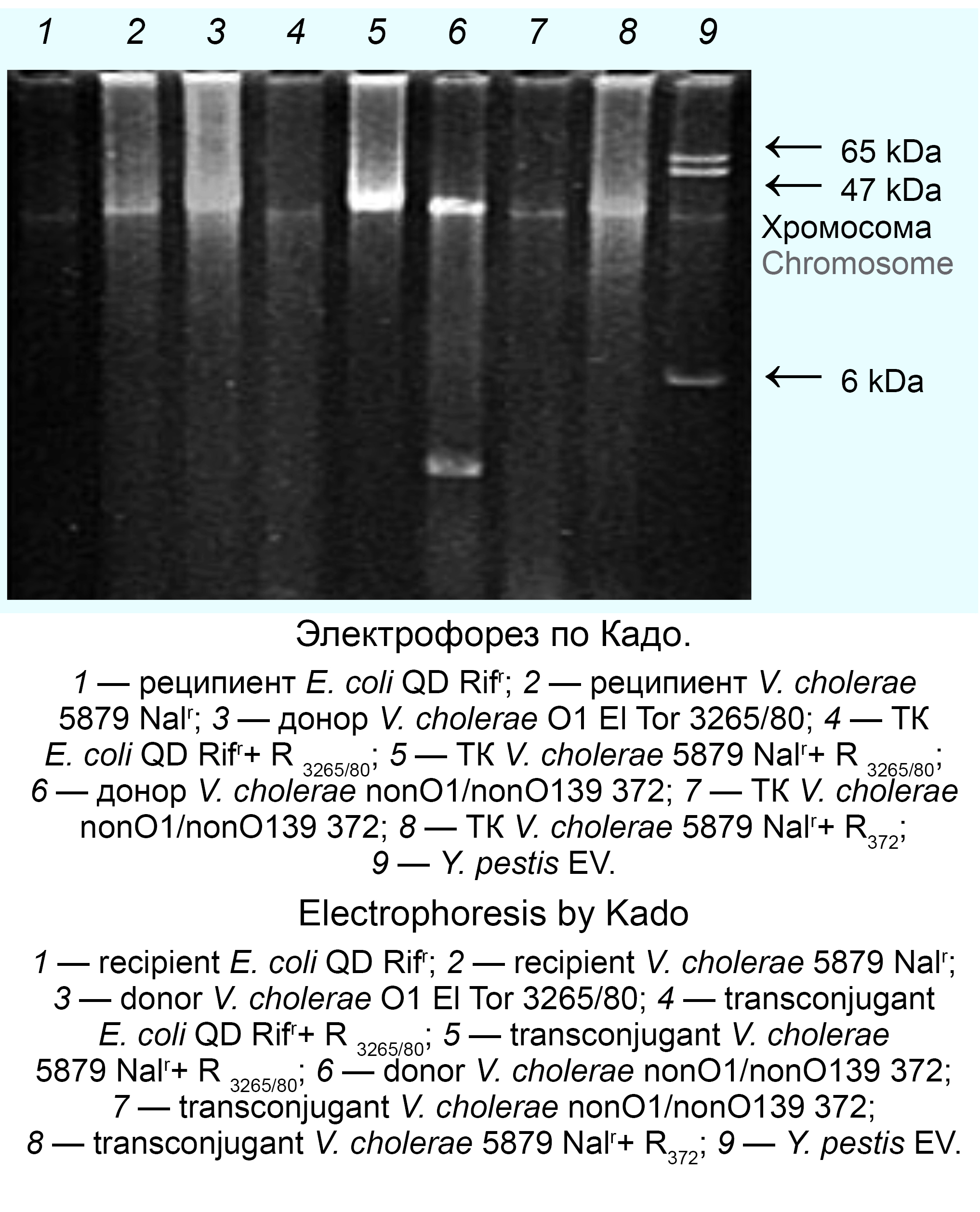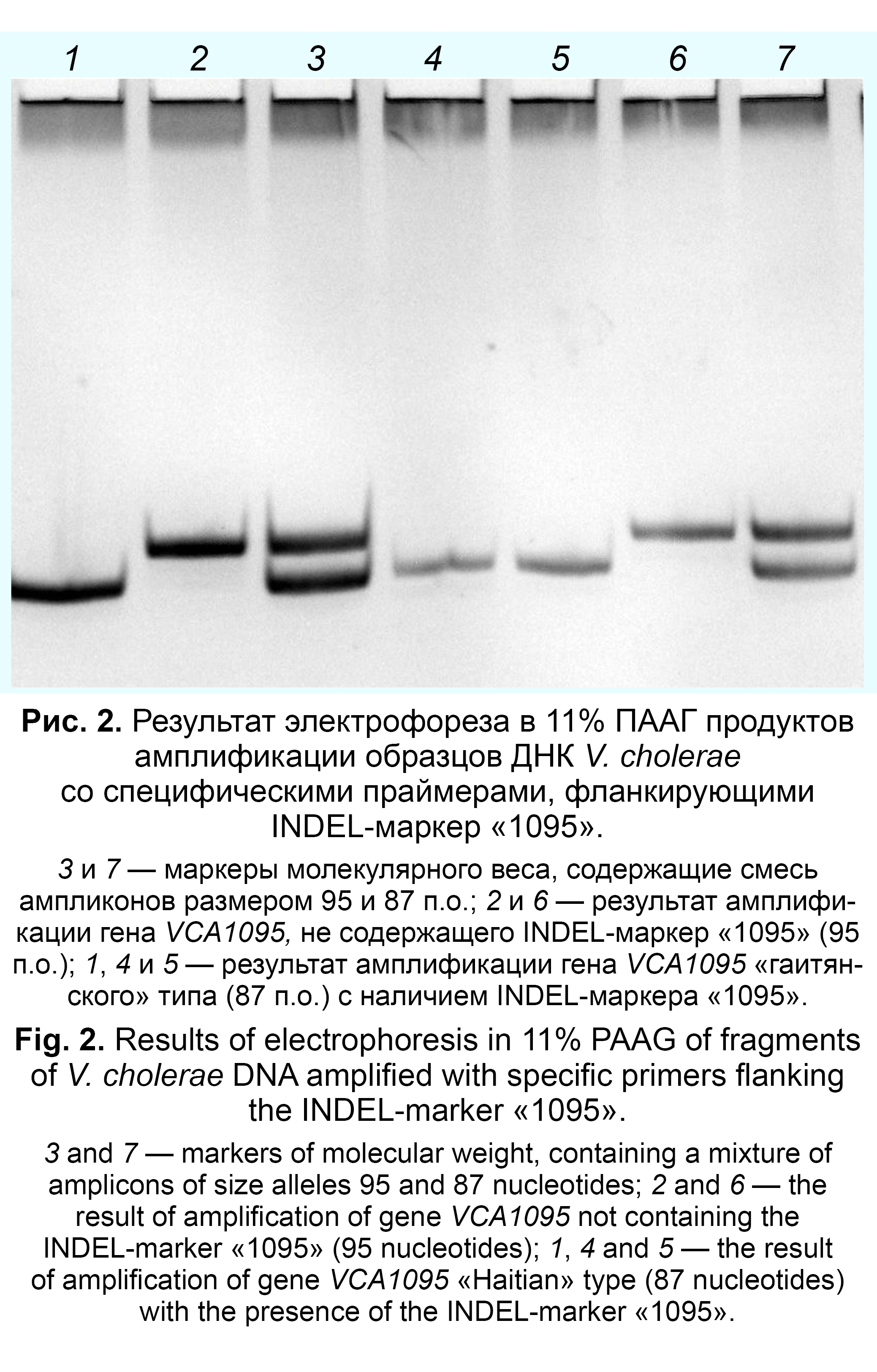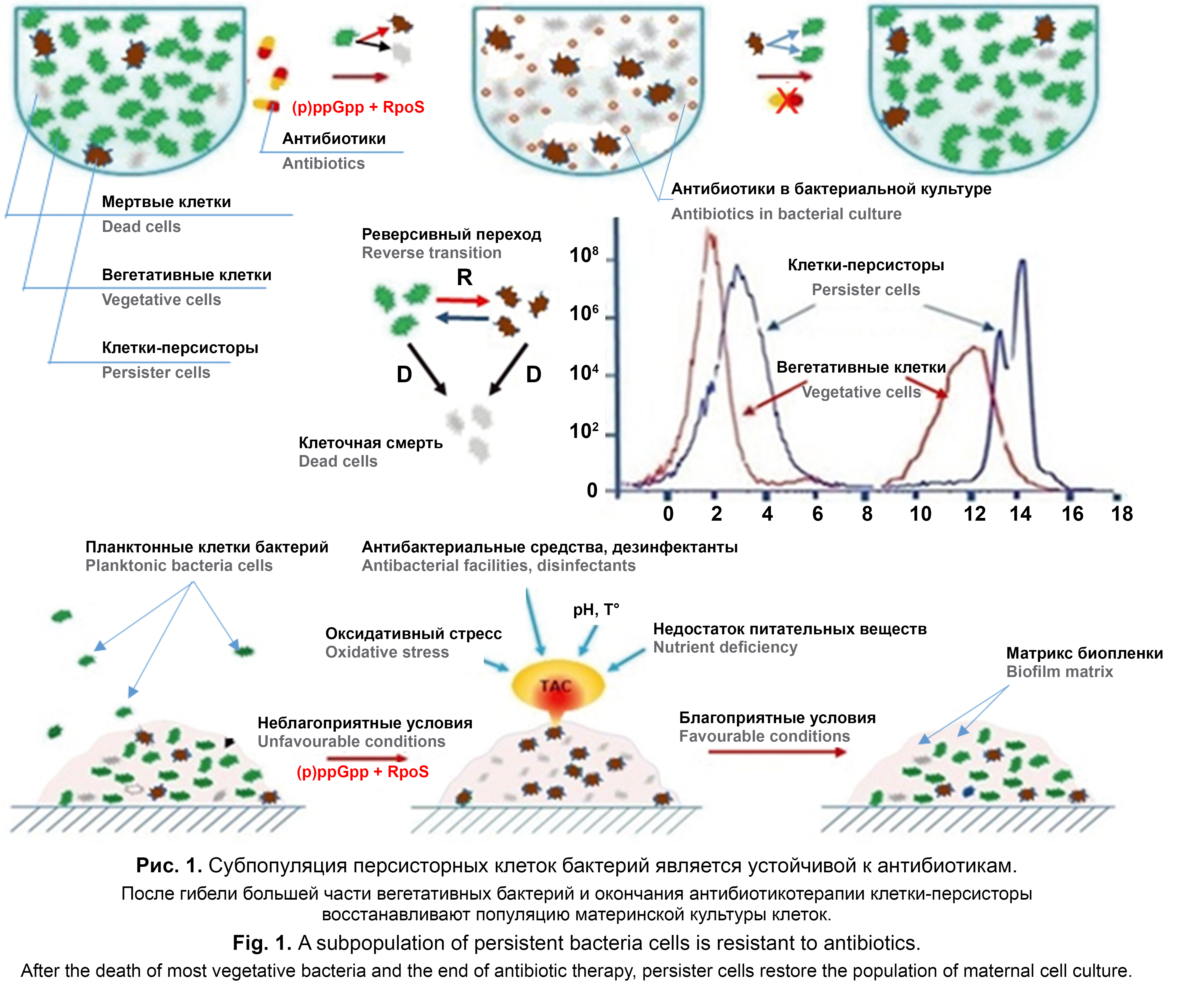Vol 97, No 3 (2020)
- Year: 2020
- Published: 25.06.2020
- Articles: 13
- URL: https://microbiol.crie.ru/jour/issue/view/37
- DOI: https://doi.org/10.36233/0372-9311-2020-97-3
Full Issue
SHORT COMMUNICATIONS
Epidemiological significance of detection of SARS-CoV-2 RNA among different groups of population of Moscow and Moscow Region during the COVID-19 outbreak
Abstract
The Central Research Institute of Epidemiology of Rospotrebnadzor presents priority data obtained from the largescale population PCR-based study of the changes in the rates of circulation of SARS-CoV-2 among relatively healthy residents of Moscow and Moscow Region.
 197-201
197-201


ORIGINAL RESEARCHES
Preliminary Clinical and Epidemiological Analysis of the First 1,000 Pediatric COVID-19 Cases in Moscow Region
Abstract
Rationale. The novel coronavirus infection caused by SARS-CoV-2 (COVID-19) continues to spread worldwide, though the epidemiological situation varies across countries. It is of interest to estimate the pediatric incidence in a separate constituent entity of the Russian Federation, Moscow Region (MR) closely connected with Moscow (accounting for the highest number of COVID-19 cases in Russia). Assessment of the epidemiological data is interesting due to the late onset of the epidemic outbreak, the preventive lockdown imposed during the early stages, and extensive testing of all the identified contacts.
Purpose of the study: Assessment of the pediatric incidence of COVID-19, including identification of its main clinical and epidemiological characteristics, based on the monitoring data for the current situation in MR.
Materials and methods. A retrospective analysis of all pediatric cases of laboratory-confirmed COVID-19 in MR (1,047 children of all ages) was performed. The time span covered the data of the daily monitoring of the epidemiological situation from the beginning of reporting (53 days in total). The information was obtained from the database of the Rospotrebnadzor Territorial Administration of MR and collected in compliance with the regulations on Daily Monitoring of Children with Coronavirus Infection, Management Section, State Information System, MR.
Results. The pediatric cases of COVID-19 accounted for 6.3% (95% CI2 5.9–6.7) of all the cases reported by 6/5/2020 (16,590); the total infection rate of the pediatric population in the region was 0.07% (0.06–0.09). The basic reproduction number ranged from 4.8 (during the two-week exponential growth phase) to 2.7 (during the later period characterized by a slowdown in the incidence rate) and averaged 3.8 (3.0–4.57). The clustering rate of COVID-19 among children was high, reaching 82.8% (79.7–85.6) with a small average number of cases detected in the cluster — 1.21 (1.16–1.26). Asymptomatic COVID-19 cases prevailed significantly, amounting to 62.2% (59.2–65.1), including 73.1% in newborns; severe cases accounted for 0.38% (0.35–0.41) and hospitalized cases totaled 12.0 (10.1–14.2). No death cases were reported. The mean age of the diseased and infected was 8 [4; 13] years old. Boys prevailed insignificantly (53.2%).
Conclusion. There is a distinct stage-by-stage development of the epidemic situation among children in MR. In the pediatric population, COVID-19 was generally acquired from a secondary household transmission within family clusters. Early preventive measures and extensive testing helped to reduce the period of exponential growth and, therefore, to avoid large clusters of infection. In addition, 17.2% of the COVID-19 clusters were identified as those where the child was the first to become sick. In the future, it is necessary to practice distancing and provide effective isolation of diseased children and adults, since the high rate of incidence in children can lag behind the incidence rate in adults.
 202-213
202-213


Tetranucleotide Profile of Herpesvirus DNA
Abstract
Introduction. Herpesvirus DNAs (about 90% of the total genomic sequences of the Herpesvirales family presented in GenBank) contain at a minimum concentration one of the two tetranucleotides, CTAG or TCGA. The “underrepresentation” of CTAG was previously observed only in the DNA of some bacteria and phages. The aim of the study was the further analysis of the formal characteristics of herpesvirus DNA, as well as their comparison with the density of the virus/host DNA microhomology and with the genomic macrostructure of herpes viruses.
Materials and methods. Twenty strains and isolates of each of the five types of human herpes viruses (HHV1, HHV2, HHV3, HHV4, HHV5), 10 strains of HHV8, 5 strains of HHV6A, 4 strains of HHV6B and 3 strains of HHV7 were analyzed. GenBank tools were used to determine the frequency of tetranucleotides, and human DNA fragments with size matched herpesvirus DNA were used for comparison.
Results. Minimum CTAG concentration in DNA of herpes viruses is mainly characteristic of two- and singlesegment genomes with direct or inverted terminal repeats (classes A,D,E), while the minimum TCGA density is characteristic mainly for DNA that is significantly less structured (classes B,C,F). By increasing CTAG density, human herpes viruses form a sequence close to the sequence of increasing the homology density of 20 nt with human DNA, which also correlates with the macrostructure of DNA. A parallel of this minimization with the DNA structure of herpes viruses or with their belonging to one or another subfamily — as well as the context of the “minimal” CpG (that is, TCGA) — is not noted in the literature. Although herpesvirus DNA is quite large (125– 295 Kb), some of them (for example, HHV4, HHV5 and HHV7 DNA) show noticeable deviations from the second DNA parity rule, and can thus serve as a component of the molecular signature.
The Discussion suggests possible hypotheses for the origin of some of the observed phenomena.
 216-226
216-226


The Status of Humoral Immunity to Parvovirus B19 in Population of Certain Geographical Regions
Abstract
Introduction. In a number of countries, including Russia, there is no systematic registration and reporting of parvovirus infection cases; the extent of its spread can be estimated by using humoral immunity rates.
Purpose of the study: Assessment of seroprevalence of parvovirus B19 (B19V) in different age groups of population of Russia, Central Asia, and West Africa.
Materials and methods. A total of 1,732 blood serum samples from residents of St. Petersburg and Nur-Sultan, migrant workers from Uzbekistan and Tajikistan, residents of the Republic of Guinea were studied for IgG antibodies to B19V.
Results. The highest seroprevalence rates were identified in St. Petersburg and Nur-Sultan (62–65%); the lowest rates were registered among migrant workers from Uzbekistan and Tajikistan (47%). The results for the Republic of Guinea showed a B19V seroprevalence rate of 53%. It was found that there is an increasing trend of seropositivity with age; the percentage of seropositive individuals clearly increases in older age groups: up to 55% — among migrant workers from Central Asia and residents of the Republic of Guinea; up to 80–85% — among residents of St. Petersburg and Nur-Sultan.
Discussion. The obtained results confirm the worldwide occurrence of parvovirus infection. People susceptible to infection can cause infection spreading in high-risk groups — among pregnant women, immunodeficient patients, blood product recipients, and cancer patients.
 233-241
233-241


Indication and Identification of Dengue and Chikungunya Viruses in Aedes spp. Mosquitoes Captured in Central America
Abstract
The purpose of study was to isolate arboviruses from mosquitoes of different species in the cell culture and to identify them by using molecular and immunochemical techniques.
Materials and methods. Viruses were isolated in C6/36 cell cultures. The pathogens were identified by using enzyme-linked immunosorbent assay (ELISA) kits for detection of antigens of dengue, Chikungunya, West Nile and Sindbis viruses as well as the reverse transcription polymerase chain reaction (RT-PCR) with specific primers and Sanger sequencing.
Results. A total of 102 mosquitoes belonging to three genera, Culex spp, Culiseta spp., Aedes spp., were studied. Mosquitoes of each species or genus were divided into pools, each containing 4–5 mosquitoes. The study of suspensions of only 2 mosquito pools obtained from Aedes aegypti and Aedes albopictus, starting from the 3rd passage, showed changes in the C6/36 cell monolayer. Starting from the 4th passage, an antigen of Chikungunya virus was detected using ELISA test in the suspension obtained from the Aedes albopictus pool. Dengue virus was detected in the 5th passage from the materials obtained from the Aedes aegypti pool. Thus, antigens of the Chikungunya and dengue viruses were detected only in 2 of 23 examined pools of mosquitoes of different genera. Materials of the 5th passage were analyzed by RT-PCR with specific primers for dengue and Chikungunya viruses. It was confirmed that the isolate obtained from Aedes albopictus mosquitoes contained RNA of the Chikungunya virus and corresponded to the East/Central/South African genotype, while the isolate obtained from Aedes aegypti mosquitoes contained RNA of the dengue type 2 virus.
Conclusion. The obtained nucleotide sequences of the Chikungunya virus were deposited in the GenBank international database under accession numbers MN271691 and MN271692.
 227-232
227-232


Characteristics of Nasopharyngeal Carriage of Bacterial Pathogens in Children and Adults Suffering from Recurrent Respiratory Infections in Khabarovsk City in 2015–2018
Abstract
Objective. To designate the nasopharyngeal carriage of bacterial pathogens among children and adults diagnosed with recurrent respiratory diseases residing in the Khabarovsk city during a four-year period.
Materials and methods. Nasopharyngeal and oral swabs obtained from 7,043 children and adults were tested using classical bacteriological methods. In order to grow “difficult-to-culture” microorganisms a columbian agar with addition of 5% defibrinated sheep blood, incubation in the atmosphere rich with CO2 (5%), bacteriological analyzer Vitek 2 Compact were used. Real-time PCR was used to confirm the identification of S. pyogenes.
Results. A high level of nasopharyngeal pathogens carriage (47%) was detected. The most prevalent microorganisms were as follows: S. pneumoniae (47%), M. catarrhalis (30.4%), H. influenzaе (17.5%), S. pyogenes (5.2%). The age groups at risk were children aged 0–6 years for S. pneumoniae and children aged 7–12 years for S. pyogenes. An emerging trend it the level of nasopharyngeal carriage of S. pneumoniae observed in 2018 was followed by the increase of registered incidence of pneumococcal pneumonia.
Conclusion. Nasopharyngeal carriage of S. pneumoniae imposes a high risk of community-acquired pneumonia and other pneumococci-associated diseases, predominantly in children.
 242-250
242-250


Regulation of the microecological state of the lower parts of the female reproductive tract with vitamins
Abstract
Aim. To study the changes in the microecology of the vagina under the influence of ascorbic acid, α-tocopherol, and retinol acetate.
Materials and methods. The number of vaginal lactobacilli and opportunistic bacteria, the concentrations of IL1β, raIL1, INFγ, TGFβ1, lactoferrin and sIgA in vaginal fluids of women with deficiency of ascorbic acid (n = 35) or retinol acetate (n = 35) or α-tocopherol (n = 35) were assessed before and after intravaginal application of these vitamins. The obtained data were compared with those of healthy women without vitamin deficiency (n = 15).
Results. An association between deficiency of α-tocopherol, retinol acetate and ascorbic acid with a deficiency of lactoflora, a high frequency of bacterial vaginosis and candidiasis, and proinflammatory changes of the parameters of mucosal immunity has been found. A normalizing effect of all vitamins on the lactoflora of the vagina was identified. The severity of this effect decreased in the following order: α-tocopherol → retinol acetate → ascorbic acid. Retinol acetate caused the increase, while ascorbate and tocopherol caused the reduction in the number of opportunistic microorganisms. The effect of ascorbate was pronounced, but short-term, while the effect of tocopherol was less pronounced, but long-lasting. The use of vitamins affected the condition of mucosal immunity in different directions: ascorbic acid caused an increase in pro-inflammatory changes; on the contrary, α-tocopherol and retinol acetate caused anti-inflammatory changes.
Conclusion. Our data on the effects of α-tocopherol, retinol acetate, and ascorbic acid on the microecological state of the vaginal biotope suggest that these vitamins may be considered as regulatory factors for both host cells and microsymbionts.
 251-257
251-257


Transmissive Antibiotic Resistance, Associated with the SXT Element, in Cholera Vibrios Isolated in the Territory of Russia
Abstract
Aim. Detection of SXT elements in cholera vibrios O1 and nonO1/nonO139 serogroups and study of the effectiveness of their conjugative transmission to Escherichia coli cells.
Materials and methods. In conjugation experiments, Vibrio cholerae O1 El Tor (3) and V. cholerae nonO1/ nonO139 (3) strains were used as donors. Donor strains, recipients, and transconjugants were tested in realtime PCR for sensitivity to antibiotics and for the presence of drug resistance genes and integrase gene (int). Electrophoresis was carried out on a 0.7% agarose gel with ethidium bromide staining.
Results. Resistance to chloramphenicol, trimethoprim/sulfamethoxazole, streptomycin was transmitted in conjugation experiments with a frequency of 2.1 × 10–9–7.1 × 10–9. The genes int and dfrA1 (resistance to trimethoprim/sulfamethoxazole) were found in most V. cholerae strains, and were stably transmitted to E. coli QD Rif r cells and in reverse crosses of V. cholerae O1 El Tor 5879 Nalr .
Conclusion. The detection of the SXT element in V. cholerae strains and its successful horizontal transfer emphasize the need to detect such mobile genetic elements to control the spread of antibiotic resistance in V. cholerae.
 258-264
258-264


Identification of Vibrio cholerae Strains of the «Haitian» Group by PCR Based on INDEL-Typing
Abstract
The aim of the work was to find a genetic INDEL-marker of the Haitian group of Vibrio cholerae strains, what allow carrying out their identification by means PCR.
Materials and methods. For searching INDEL-markers we used the data from GenBank database on complete genomic sequences of V. cholerae strains El Тor isolated in different continents in different years. For the analysis we used the author's software written in the Java programming language. The NextGIS system was used for mapping.
Results and discussion. We found that the deletion of 8 nucleotides in the gene VCA1095 located on a small chromosome and encoding chemotaxis protein СheA is a characteristic genetic feature of the «Haitian» group strains. Primers have been developed to detect this deletion in PCR.
Conclusion. The method of detection of strains of cholera vibrions «Haitian group» on the basis of INDELmarkers was developed and the distribution of such strains in the world before and after 2010 was shown.
 265-270
265-270


REVIEWS
Molecular Mechanisms оf Persistence оf Bacteria
Abstract
A significant mortality rate from infectious diseases is largely mediated by the widespread and uncontrolled use of antibiotics, which has led to the emergence of drug-resistant strains of bacteria. The rapid evolution of bacterial resistance to antimicrobials is a serious challenge for modern health care, mediates the need to create new antibiotic agents, as well as to intensify the study of molecular mechanisms underlying the formation of microorganism resistance. One of these mechanisms is bacterial persistence, manifested by the formation of persistent cells in the culture, which are a phenotypic variant of the isogenic population. The persistence of bacteria can occur spontaneously, regardless of exposure to antimicrobials or environmental reasons, such as lack of nutrients, oxidative stress or hypoxia. This small cell subpopulation is able to maintain viability even in the presence of antimicrobial agents at concentrations many times higher than therapeutic. The presence of persistent cells of pathogenic bacteria in the host organism reduces the effectiveness of antibiotic treatment, not due to the genotypic drug resistance of the microorganism, but due to the presence of phenotypic resistance of persister cells. The difference is fundamental, since cell-persisters are insensitive to any antibiotics and the development of fundamentally new antimicrobial strategies is necessary for their eradication. Persister cells are phenotypic variants of the maternal culture of bacteria that are present in all populations of microorganisms, and after the onset of favorable conditions, they are able to reclaim and form a new generation of vegetative bacteria. This review discusses modern concepts of the molecular genetic mechanisms of bacterial persistence with an emphasis on their clinical significance for the occurrence of persistent infections, and discusses innovative technologies for the eradication of resistant cell forms of microorganisms.
 271-279
271-279


BOOK REVIEW
 280
280


ANNIVERSARIES
 281
281


OBITUARIES
 282
282












